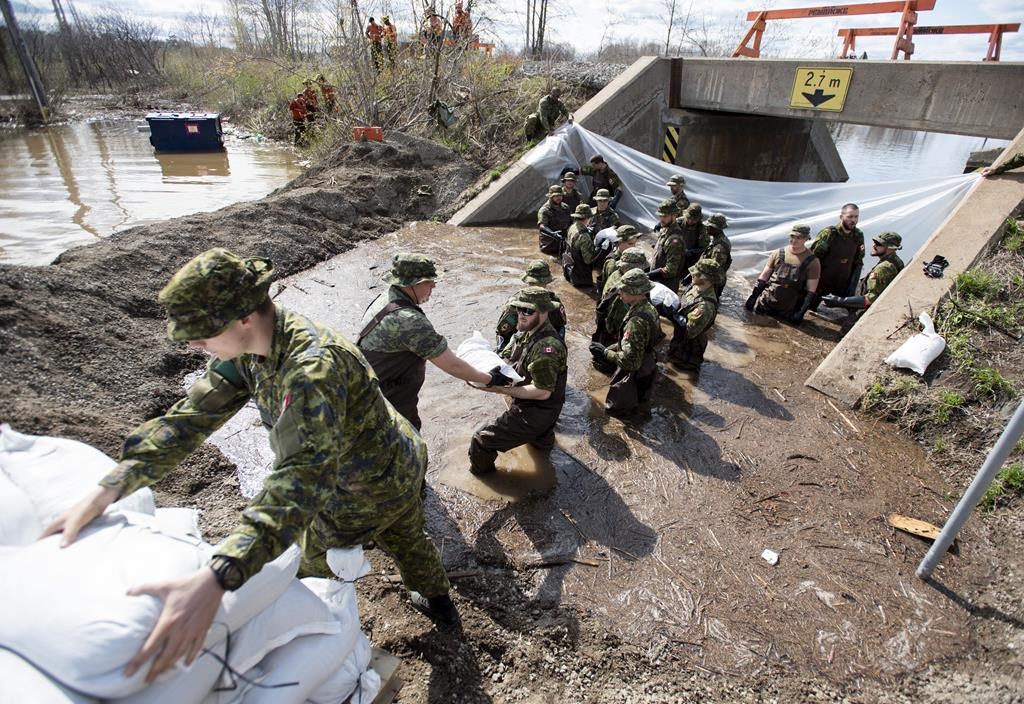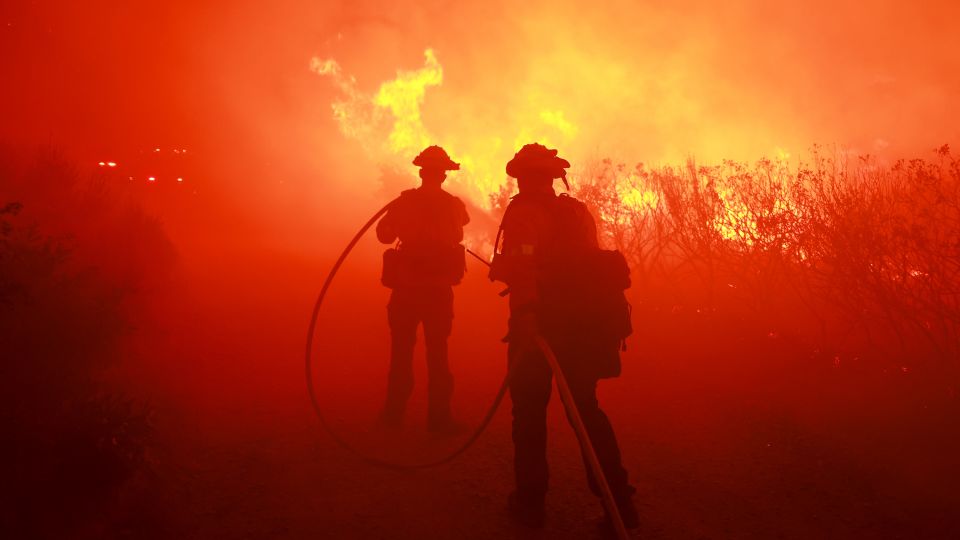
SOLAR STORM BRINGS NORTHERN LIGHTS TO SOUTHERN CANADA
A series of powerful solar storms made the northern lights unusually visible far south Friday, and could dazzle again on Saturday night in Canada.
Scientists expected the geomagnetic storm would lead to colourful auroras overnight not only in Canada, but the northern United States and parts of Europe too.
It could also cause some disruptions to communications over the weekend.
Here's a closer look.
Why is this happening?
The sun goes through an 11-year cycle, with a minimum and a maximum of activity. During the solar maximum — which we are in now — more sunspots can be seen across the sun's surface.
These sunspots are cooler regions that appear black when seen through solar telescopes. But they're more than just a little black spot on the sun: these regions are an entanglement of magnetic fields that can sometimes erupt with a solar flare.
Very often, they are followed by what's known as a coronal mass ejection (CME), a huge burst of charged particles that are carried along the solar wind.
In this case, the sun produced a series of CMEs beginning Wednesday, and they are headed toward Earth, said the U.S.-based National Oceanic and Atmospheric Administration (NOAA).
It's possible that some of these ejections will combine — increasing the magnitude of the storm.
"It's exciting," said Ian Cohen, deputy chief scientist for Space Exploration at Johns Hopkins University's Applied Physics Lab. "What makes this really unique is that we've had multiple, as many as five, over the last couple days that have all subsequently been directed at Earth."
Where can I see the northern lights?
If Earth is in the path of these charged particles, as it is in this case, the particles can interact with our own magnetic field and then with molecules in the upper atmosphere, which then gives us the northern lights, or aurora borealis.
That means, with a clear sky, the northern lights could be visible across much of Canada on Friday night, and perhaps Saturday night as well.
The latest storm could produce northern lights as far south in the U.S. as Alabama and Northern California, according to NOAA.
"As these coronal mass ejections hit, those northern lights can actually creep down to lower and lower latitudes," Cohen said.
"It's not anything anyone needs to be concerned about, but it is a nice reminder and indicator that we do have this connection to the sun."
What are the risks?
The CMEs led NOAA to issue a G4 geomagnetic storm watch for the first time in nearly 20 years. A G4 storm is the second-strongest level of storm, and could potentially disrupt power grids, satellites and communications.
The G4 watch started Friday, though the NOAA later said G5 conditions had subsequently "reached Earth."
An extreme geomagnetic storm in 2003 took out power in Sweden and damaged power transformers in South Africa.
Another solar storm caused blackouts in Quebec in 1989. NOAA said it will only be clear later this evening whether there is any such risk in this case.
The most intense solar storm in recorded history, in 1859, prompted auroras in central America and possibly even Hawaii.
NOAA space weather forecaster Shawn Dahl had said that was an "extreme-level event" that was not anticipated in this case, but he said it could come close.
Cohen said authorities, as well as satellite and electricity operators, track these events and take the necessary precautions.
"They can mitigate the effects, but most of the time nothing happens," he said.
Kyle Reiter, space weather forecaster at Natural Resources Canada, said in Canada these "impacts are things that we actively monitor, and there are things that we account for in our operations of aviation, power transmission networks, et cetera."
"Those users are actively monitoring circumstances. They have contingency plans and they're aware of the situation."
2024-05-10T17:44:07Z dg43tfdfdgfd











